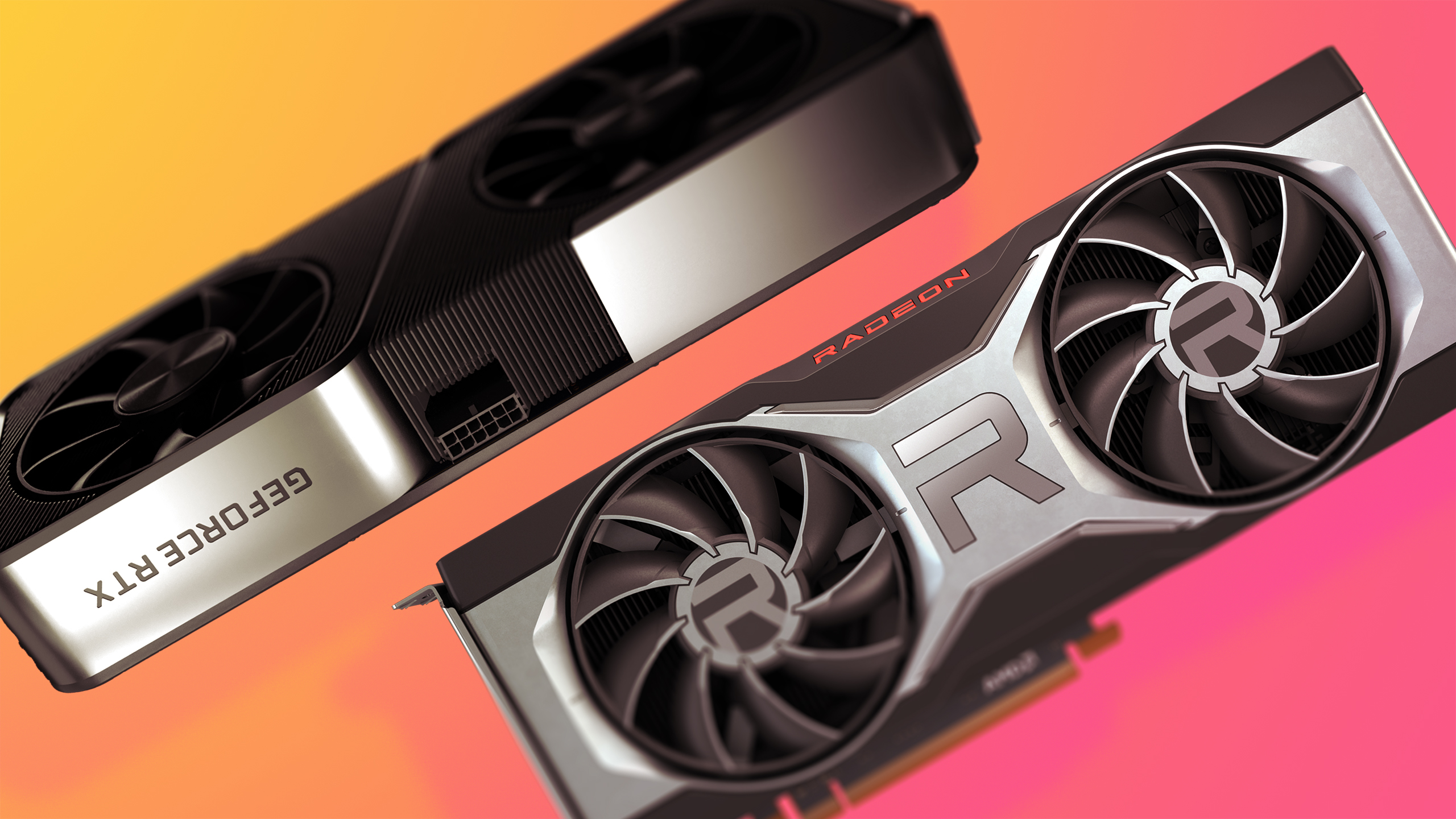Nvidia hack reportedly leaks six next-gen GeForce GPU names
But no other genuine details have so far made it out of the stolen data folder.

The reported Nvidia hack has allegedly thrown up the codenames of a bunch of next-gen GPUs, which have now been leaked out to the press. The most pertinent ones for us would be the Lovelace GeForce GPUs, of which there are six listed, but here are also listings for the server-based Hopper and Blackwell GPUs. This looks to have come from an initial leak of some of the stolen documents, supplied to Videocardz.
The green team is allegedly being held to ransom over the Ethereum hash rate limiter attached to its most recent graphics card release after hacking group, Lapsus$, made off with around 1TB of sensitive data.
The group is demanding Nvidia shuts off the limiter, with the dubious claim that it's "decided to help mining and gaming community," or it will release the contents of the "big folder" it has apparently stolen. For its part all Nvidia has said to us is that it's "investigating an incident" but doesn't have anything more to share at this point in time.
I guess the assumption is that it needs to verify what was taken and just how damaging a full leak might be first. This initial divulging of data has only really thrown up some codenames and GPU nomenclature that we either already knew or could have guessed. Which also means there's no guarantee that the images shared online are in fact straight from the vault of Jen-Hsun.
But the leak suggests there will be six GPUs based on the AD100 architecture, so named after Ada Lovelace. They form up quite nicely behind the graphics chips that have filed out of the Ampere generation, with promised AD102, AD103, AD104, AD106, AD107, and AD10B silicon set to form the next generation of GeForce GPUs.
None of that really tells us anything of note about the new graphics cards, not where the chips are going to be manufactured, how big they are, or even when we might reasonably expect to see them 'out of stock' in retail.


How to buy a graphics card: tips on buying a graphics card in the barren silicon landscape that is 2022
The latest rumours are that the RTX 40-series will land sometime in September, which lines up exactly with when the RTX 30-series launched back in 2020. Lovelace GPUs aren't meant to be architecturally that much different to Ampere in terms of basic design, but are expected to be made on the TSMC 5N process, which would promise efficiency gains and offer more performance per Watt.
Keep up to date with the most important stories and the best deals, as picked by the PC Gamer team.
Though there are also the rumours of total graphics power (TGP) of between 450 and 850W for the top-end AD102 chips. Which would blow any efficiency gains out of the water. For reference the RTX 3090 has a listed TGP of 350W if you're interested. Yeah, comparatively eep, right?
We might end up with more information if the group really has, and chooses to release, more detailed information about the new chips, but that's not the only reason we'd rather Nvidia didn't give in to the group's demands. Quite apart from not condoning theft, I also find the pretence of helping the gaming community rings pretty hollow when the last thing we want is for GeForce GPUs to be more effective for miners.
Still, I do kinda want to hear what the hell this new 'falcon' thing is that Lapsus$ claims to know all about. The original was a RISC-V system processor for a GPU, but that was meant to have been recently retired. So maybe it's coming back as something new.

Dave has been gaming since the days of Zaxxon and Lady Bug on the Colecovision, and code books for the Commodore Vic 20 (Death Race 2000!). He built his first gaming PC at the tender age of 16, and finally finished bug-fixing the Cyrix-based system around a year later. When he dropped it out of the window. He first started writing for Official PlayStation Magazine and Xbox World many decades ago, then moved onto PC Format full-time, then PC Gamer, TechRadar, and T3 among others. Now he's back, writing about the nightmarish graphics card market, CPUs with more cores than sense, gaming laptops hotter than the sun, and SSDs more capacious than a Cybertruck.

